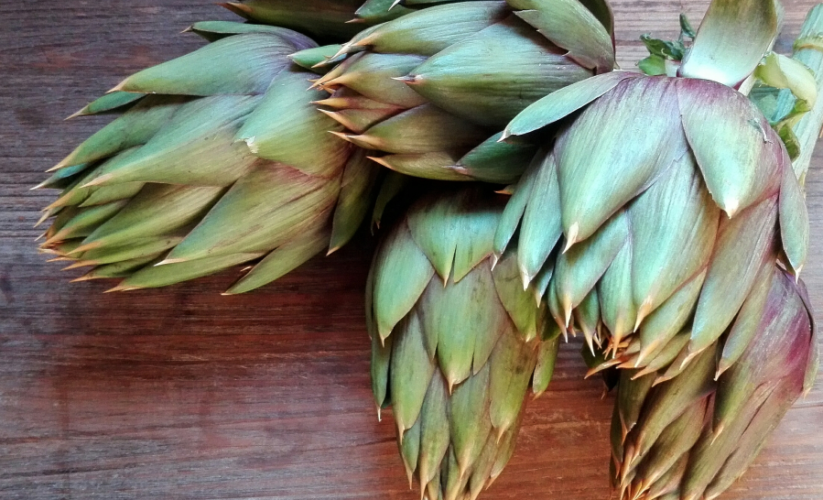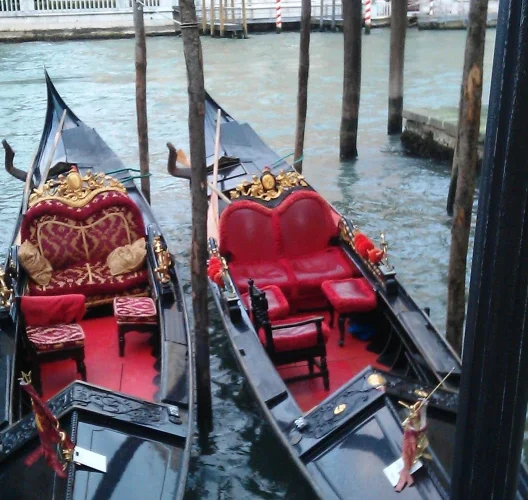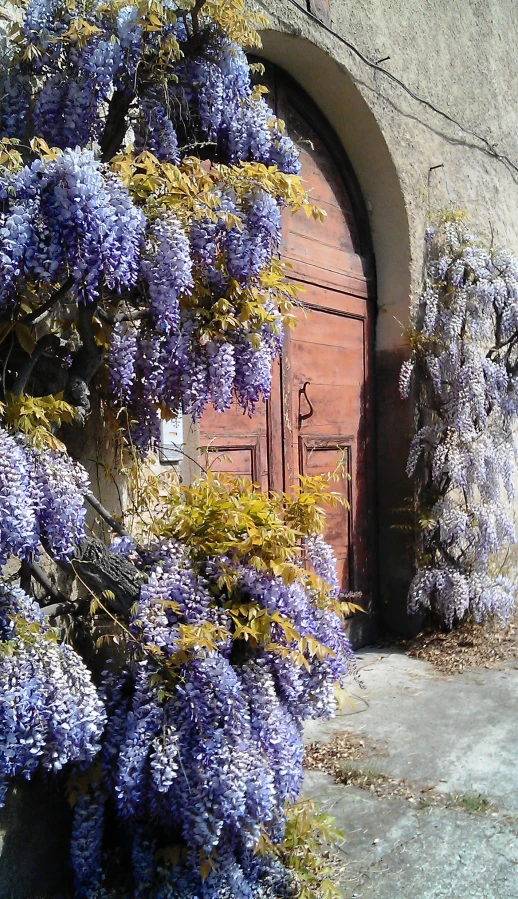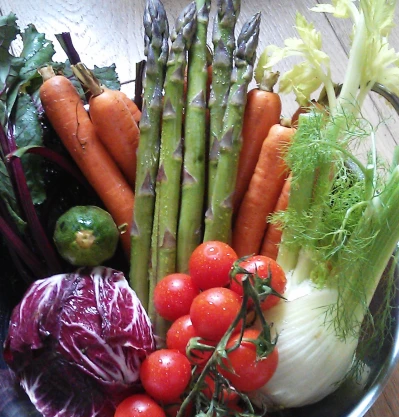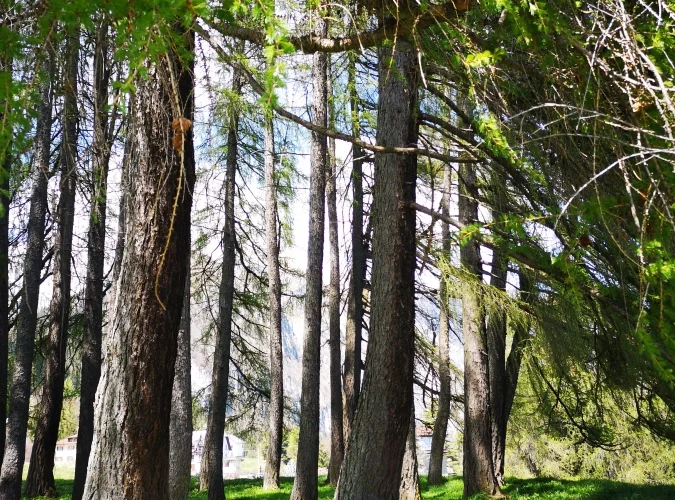
THE LUXURY OF SILENCE & ‘BURRATA’ CHEESE
faustina_g
- May 4, 2024
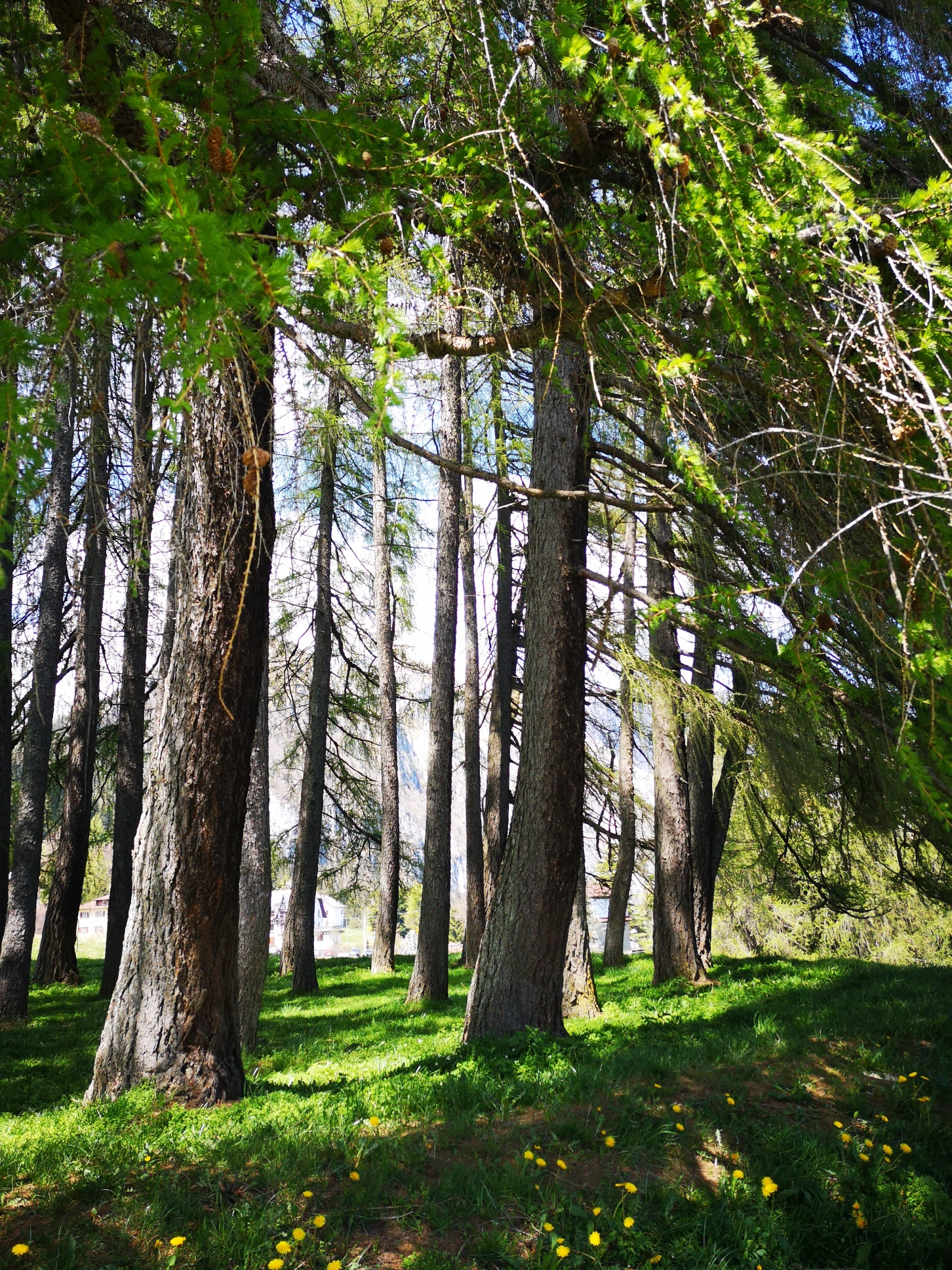
We humans are a noisy bunch. Blasting alarms, screaming motorbikes and high-pitched beeping seem to follow me everywhere.
I remember only realizing the high level of noise when I had my first mobile phone and tried to have a conversation in the streets of London. I ended up down some random back-alley filled with rotting foodstuffs and rutting dogs in my desperation to find a place where I could hear myself speak.
The Japanese realized this dilemma some time ago and decided to do something about it. They weren’t so concerned about hearing yourself speak, but quite rightly focused more on the stress and health issue of city living. So in 1982 they introduced ‘Shinrin-Yoku’ as part of a national health initiative which literally means “spending moree time around trees” or, more colloquially, “forest bathing”.
It’s now been scientifically proven that walking in forests or being around trees not only lowers stress, blood pressure and blood sugar levels but boosts the immune system and soothes the spirit. And if you can’t get out of the cities, these benefits come even with a visit to a park.
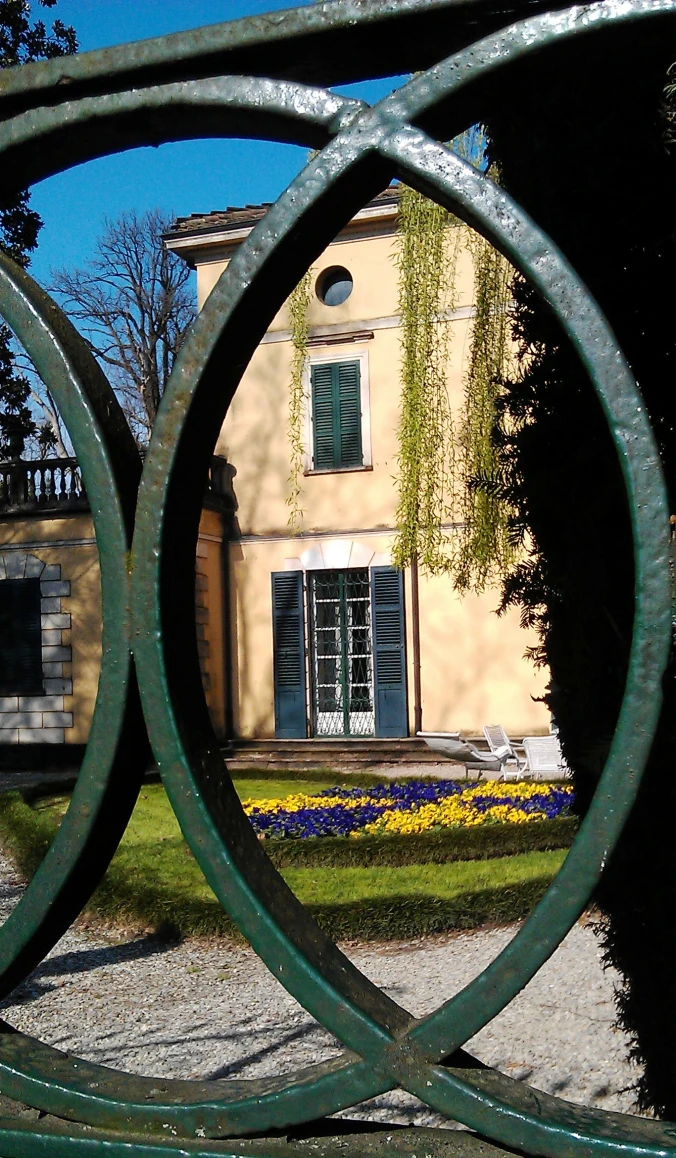
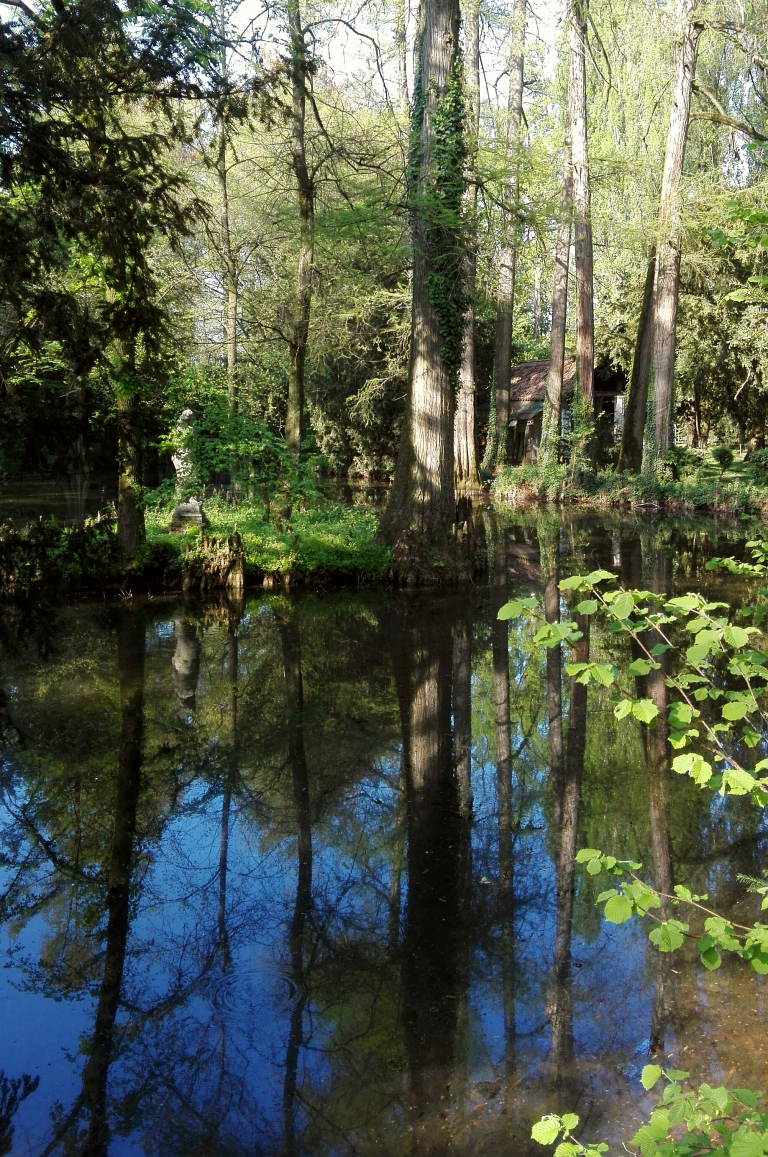
I could certainly feel my spirit and body being soothed as I strolled through the glorious parkland surrounding Villa Verdi, the house and grounds that the composer Giuseppe Verdi designed and built on the outskirts of his hometown of Roncole, near Parma. It was here that Verdi and his wife the great Italian soprano Giuseppina Strepponi lived….where he ran his estate, wrote most of his compositions and from where he travelled extensively by horse and carriage.
However his home was where he always returned to ….it was his retreat and inspiration.
“This deep quietness is becoming more and more precious to me. It is impossible for me to find another place in which to live with more freedom”.
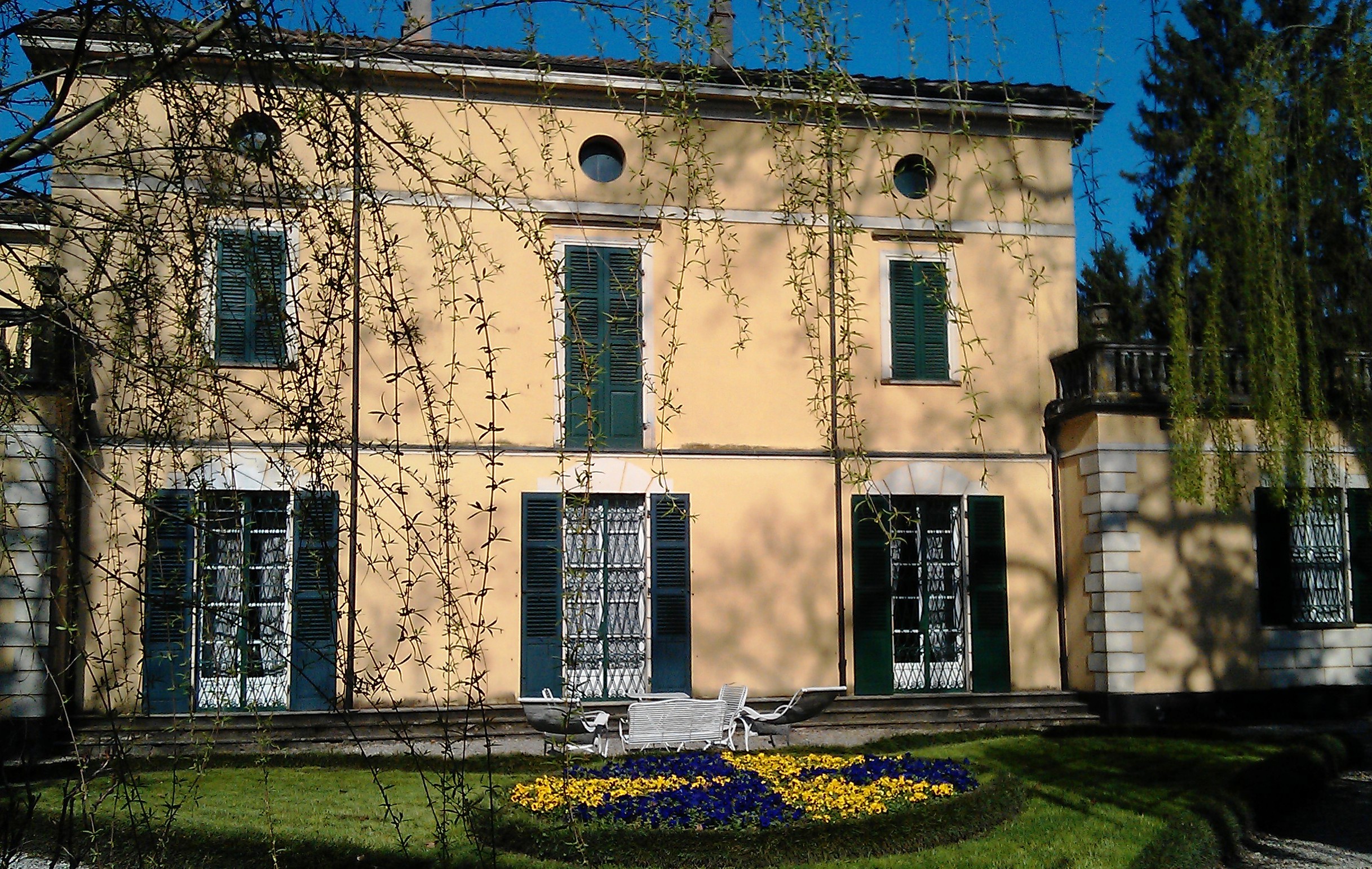
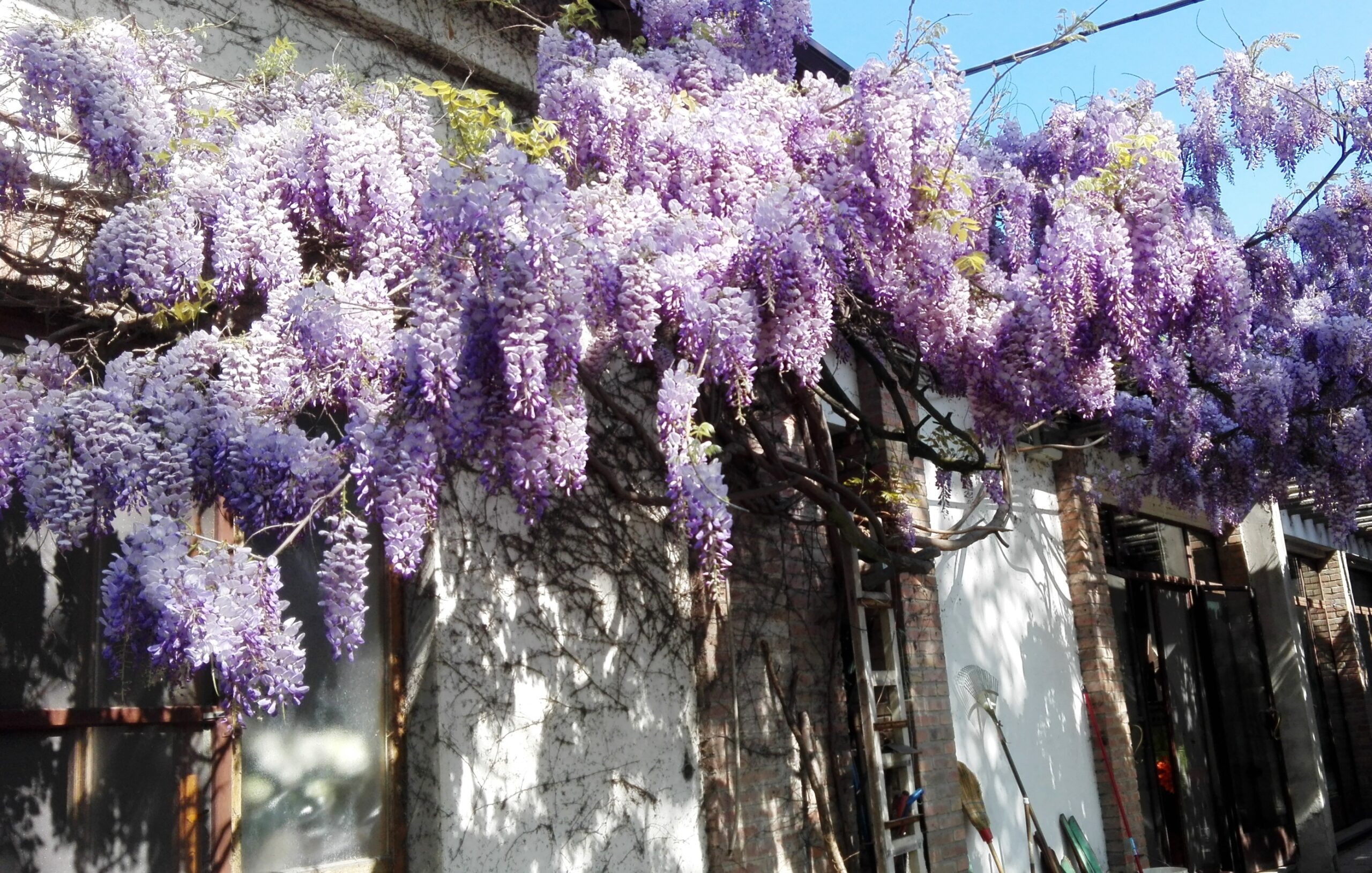
This quietness still pervades the place, a stillness that Verdi himself strove all his life to create and nurture. His need for silence in order to compose was so strong that he even removed all the stones from many of the woodland paths and laid down sand to muffle the sounds of his walking.
I too walked in silence, in awe that the great maestro Verdi had trod these same paths plucking music from the silence….whilst I, an operatic ignoramus, could only hear the trees sighing and rustling in the light breeze. And yet, strangely enough, when I left I felt peaceful and deeply fulfilled inside ……as if I’d listened to an entire concert of wonderful music.
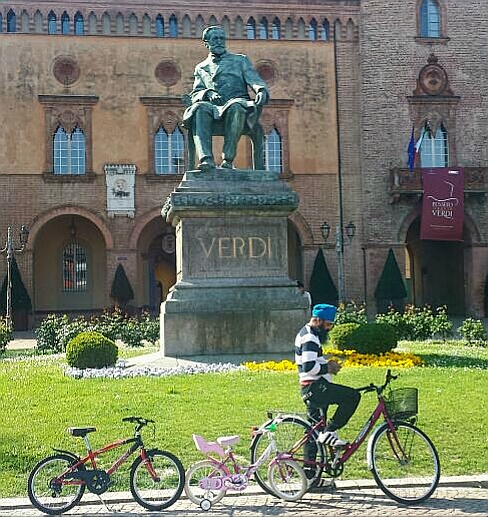
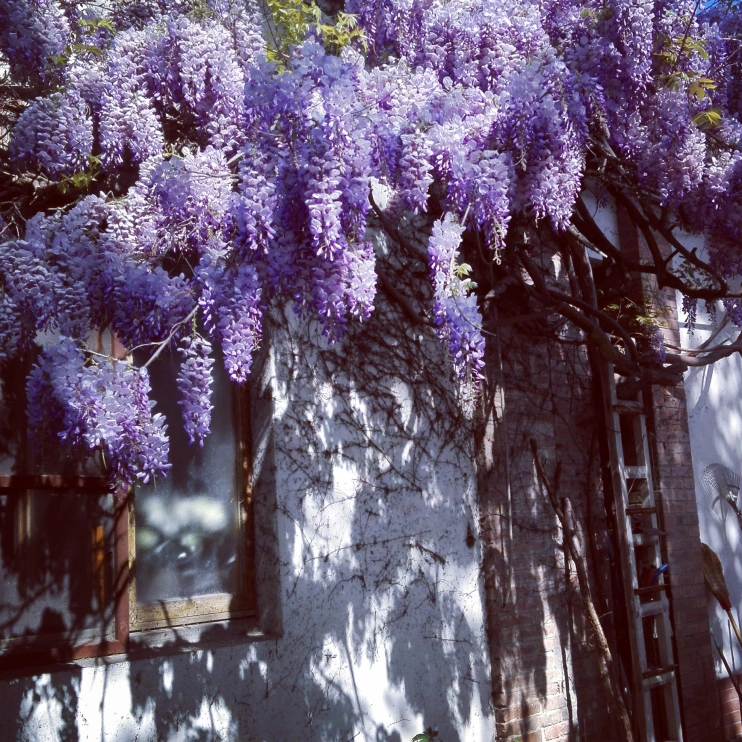
An Indian Sikh family came biking past and it was fascinating to discover later how these immigrant Sikhs have become the backbone of Italy’s most famous cheese-making industry here around Parma. Parmesan of course being the most famous of the local cheeses.
Arriving in Italy in the 1980s large numbers settled in the Po Valley attracted by the land and agriculture which felt similar to the Punjab.
The majority of them chose dairy farming. Taking care of cows came naturally to them plus there wasn’t the immediate need to learn or speak Italian – cow language luckily is pretty universal!
The local dairy farmers were impressed by the respect and skill with which the Indians handled their animals, they weren’t afraid of hard work or the unsociable hours because they wake up early to pray anyway.
Although Italian artisans still actually make the cheese, most of the dairy farms have Sikhs working in the cow sheds – they have been fundamental to maintaining and preserving traditional cheese production. As the local mayor remarked: “It would be impossible to think of this industry without the support of people from India”.
A great incentive for welcoming immigrants.
Although Parmesan is the most famous cheese from this area, mozzarella is also produced……and the luxurious burrata.
RECIPE:
‘BURRATA’,GLICINE & HAZLENUTS
An incredibly easy yet luxurious starter
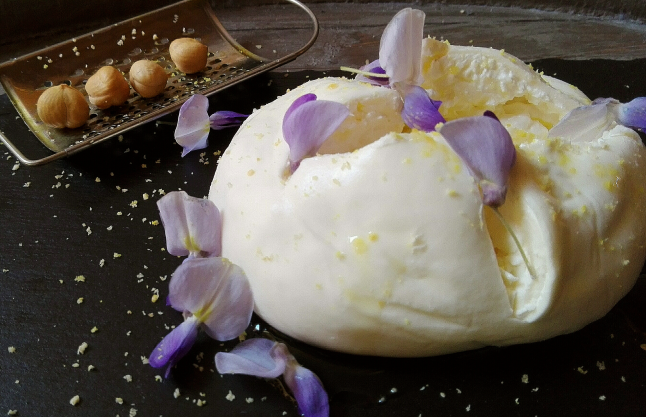
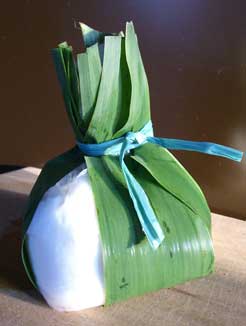
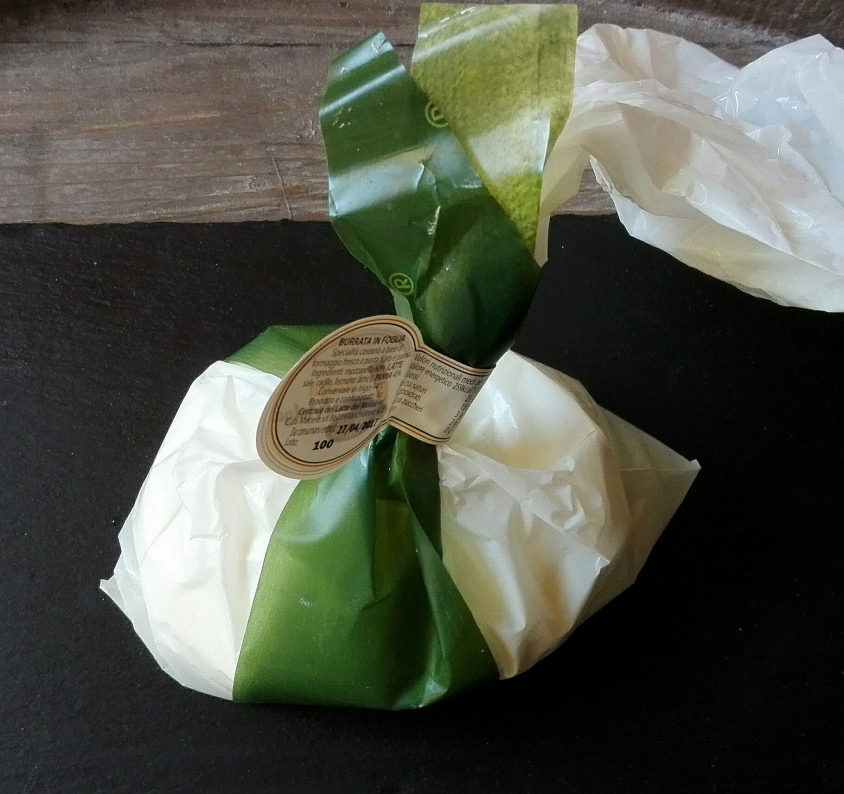
Originally burrata came wrapped in ‘Asphodel’ leaves – these hardy leaves of the lily family were regarded as sacred and protective. They only stayed fresh for 3-4 days the same amount of time that burrata remained fresh. Nowadays of course it’s plastic with a expiry date on it – which is still about 3 days but I preferred eating mine straight away ….. and finishing up the last mouthful the next day.
I chose burrata because it’s quietly luxurious – there’s no chewing, biting or cracking, the creamy mixture just slides silently down your throat like silk. The flower petals join in – softly – as do the tiny shavings of hazelnut for a touch of texture.
Ingredients
Fresh burrata cheese
Cold-pressed olive oil (a delicate one is best)
**Glicine flowers/petals (organic or unsprayed)
Toasted hazelnuts
Fresh bread
Method
To serve, place on a platter and pierce the mozzarella pouch…..drizzle with cold-pressed olive oil, scatter with glicine petals and grate over toasted hazelnuts for a gentle nutty aroma.
Take slices of fresh, crusty bread and dip them into the gooey cheese – it’s almost like a fresh creamy fondue.
**N.B. Be sure to eat only the flowers or petals of the glicine – they’re edible (with a lovely delicate flavor) but the other part of the plant isn’t.
**It’s the season for glicine now but if you can’t find any or if the season is over, just use any edible flower.


